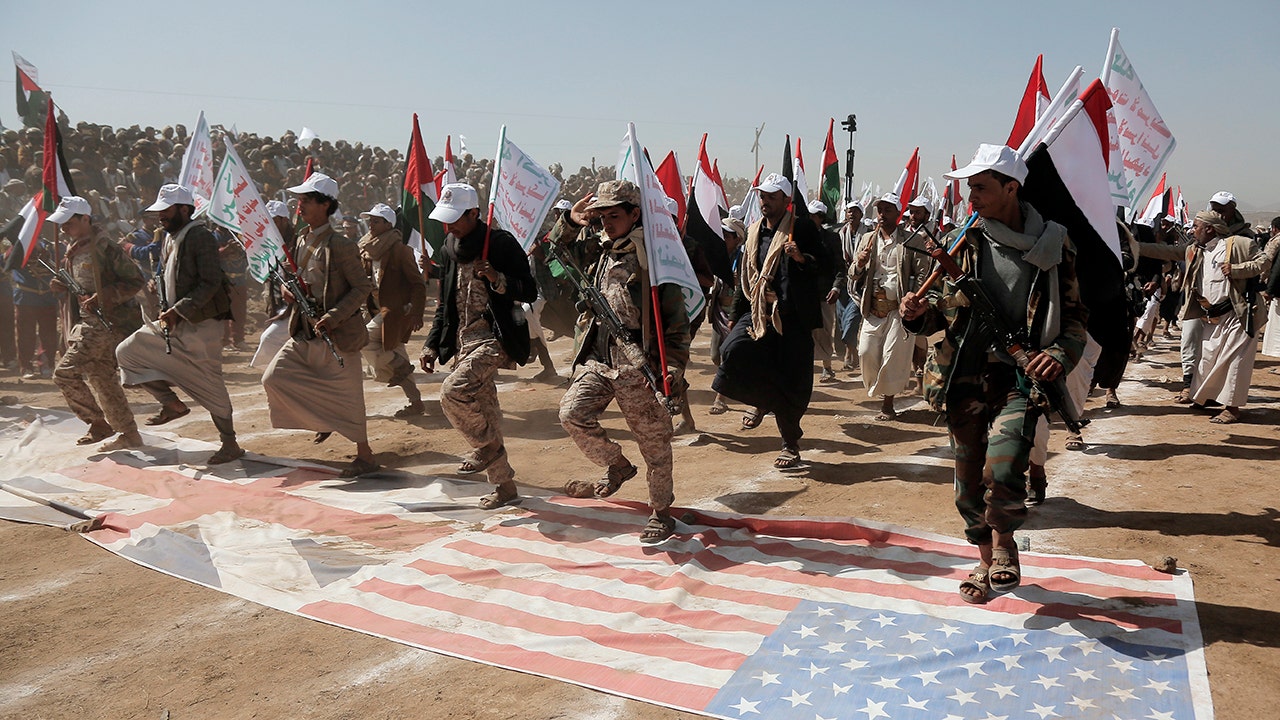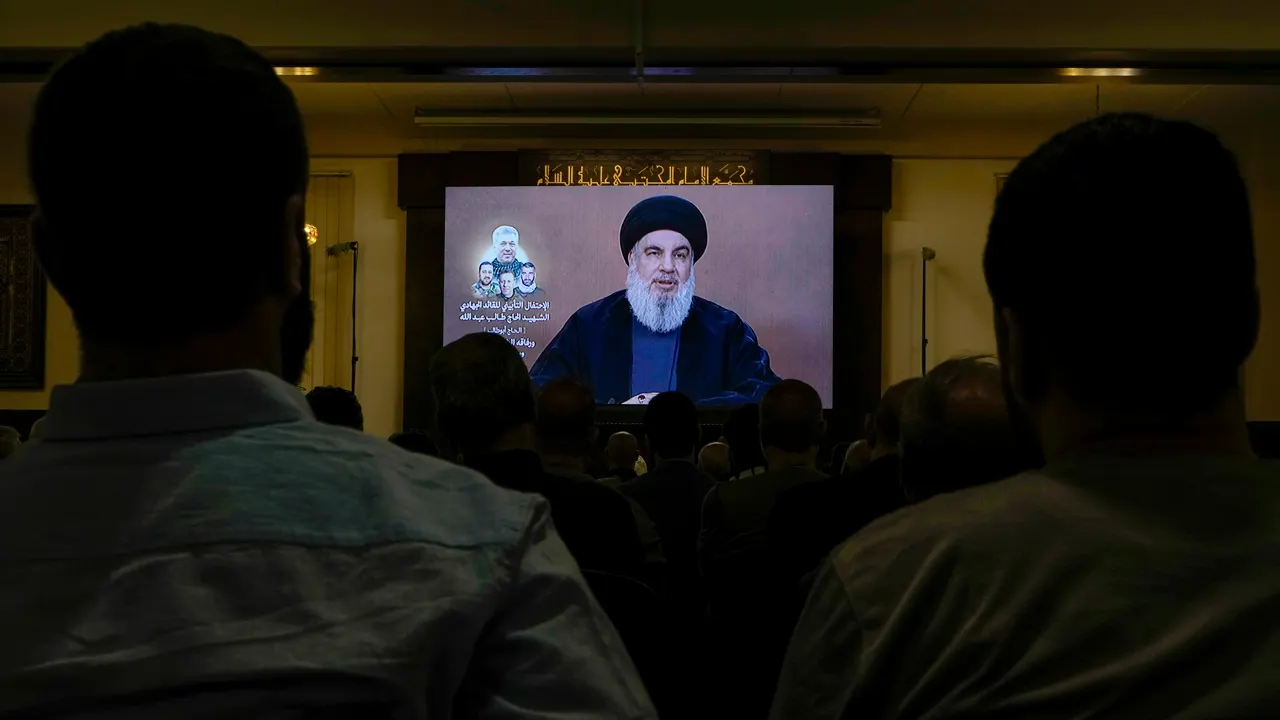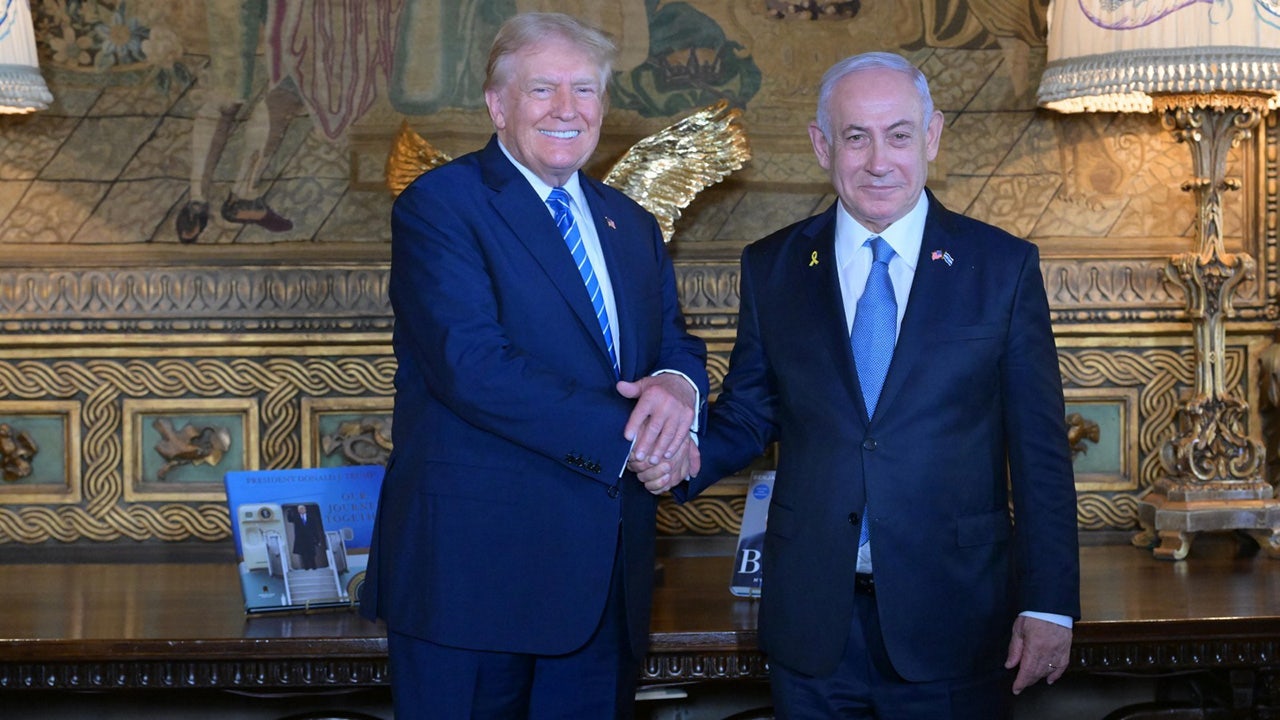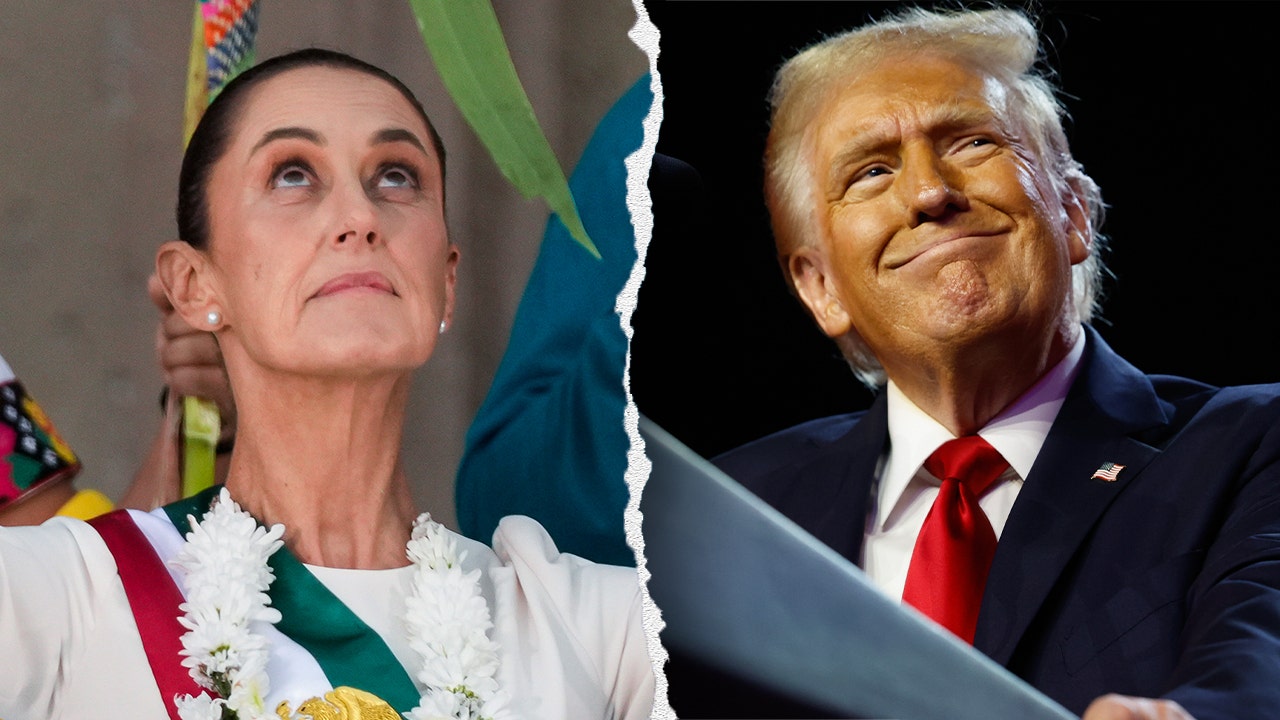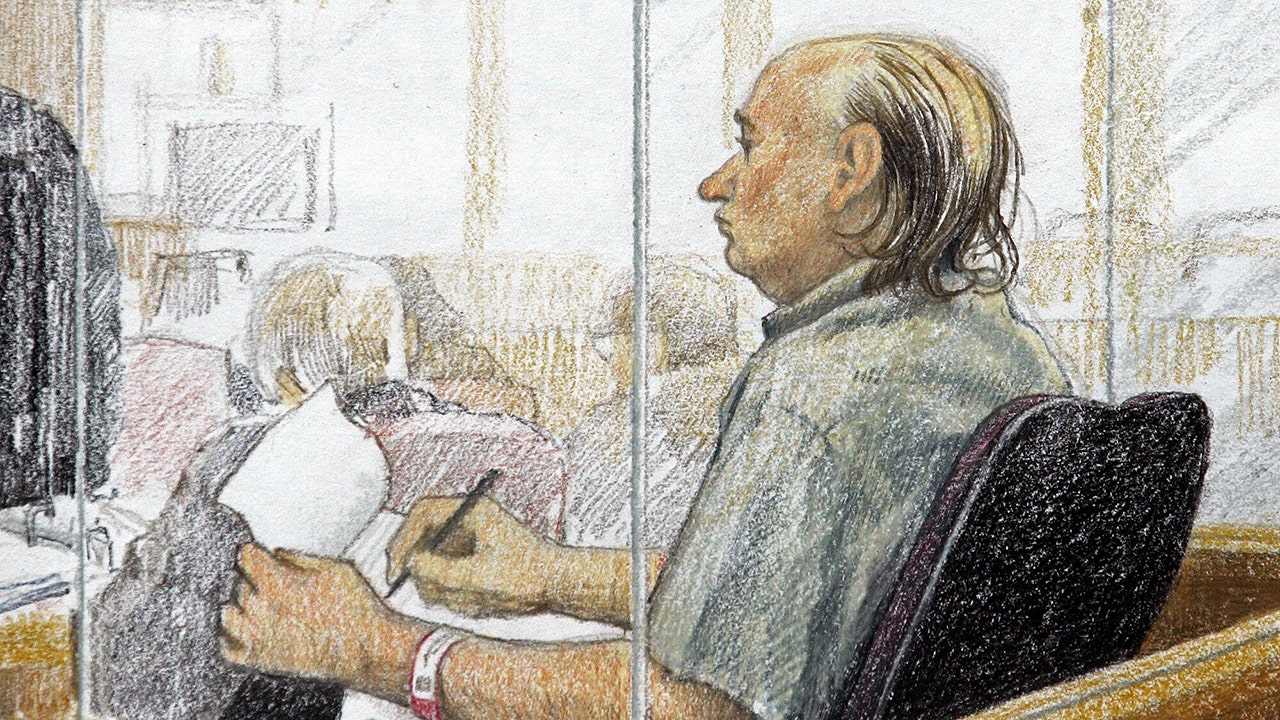FIRST ON FOX – An exiled Iranian resistance group has uncovered damning evidence showing top regime officials’ direct involvement in supporting the Houthis in their attacks against ships in the Red Sea.
Fox News Digital reviewed evidence provided by The People’s Mojahedin Organization of Iran (PMOI/MEK) that claims to show how the Iranian-backed terror proxy based in northern Yemen is supplied by Tehran. The Houthis have conducted more than 50 attacks targeting ships traversing the Red Sea and the Gulf of Aden since Oct. 7.
The MEK noted several methods and locations that the Iranian Revolutionary Guard Corps-Qods Force (IRGC-QF) uses to ship a variety of weaponry, including drones, cruise missiles, ballistic missiles, anti-ship mines, radar equipment and communication systems, to the Houthis. They noted that some of the missiles in the Houthis’ possession are manufactured by the Aerospace Industries Organization, which has been sanctioned by the U.S. Treasury Department.
Adding fuel to the group’s claims, a February 2024 Defense Intelligence Agency (DIA) report demonstrates Iranian support to Houthi proxies through side-by-side comparisons of Houthi and Iranian unmanned aerial vehicles and missile systems. Among the ballistic missiles in both countries’ arsenals is the Iranian Shahab-3, which the Houthis call the “Toofan.”
BIDEN ADMIN SANCTION WAIVERS GIVE IRAN ACCESS TO BILLIONS IN FUNDS TO KEEP WAR EFFORTS GOING, EXPERT SAYS

The IRGC-QF use a port east of the city of Jask to send military supplies to Yemeni Houthis. (People’s Mojahedin Organization of Iran – PMOI/MEK)
Also included in the Houthis’ weapons inventory are Iranian missiles that have been used to target Israel. The DIA report also shows the remains of what they believe was a Paveh land-attack cruise missile, designated the “Quds-4” by the Houthis. The DIA says the device was “fired by the Houthis toward Israel in late October 2023.”
Following Hamas’ Oct. 7 terror attacks, the Houthis’ first attempted to target Israel directly on Oct. 19, according to the Combating Terrorism Center at West Point. On March 18, reports noted that the Israel Defense Forces confirmed a Houthi cruise missile had infiltrated Israel, landing near Eilat.
The Israel Defense Forces did not respond to a request for comment about how many times the Houthis have attempted to attack Israel since Oct. 7, or whether they have used Iranian weaponry to do so.

The Iranian Shahab-3, a ballistic missile manufactured by sanctioned entity Aerospace Industries Organization, is part of the Houthi arsenal under the name “Toofan.” (Defense Intelligence Agency)
Behnam Ben Taleblu, a senior fellow at the Foundation for Defense of Democracies, told Fox News Digital that despite being “the newest member of the ‘Axis of Resistance,’” the Houthis “actually have to date the most advanced long-range capabilities” of the Islamic Republic of Iran’s proxy groups. “Putting capabilities like medium-range ballistic missiles or anti-ship ballistic missiles in the hands of an actor like the Houthis tells you something about the future operations that Iran envisions for this force,” Taleblu added.
The Houthis’ recent escalations have caused the U.S. Treasury Department to once more list the entity as a Specially Designated Terror Group in February 2024. This designation had been revoked in February 2021.
TOP SECRET IRANIAN DRONE SITE USED BY IRGC, TERROR PROXIES EXPOSED BY OPPOSITION GROUP

The Defense Intelligence Agency shows side-by-side debris from a probable Quds-4 land-attack cruise missile, left, that Houthis launched toward Israel in October 2023. (Defense Intelligence Agency)
In its report to Fox News Digital, the MEK provided broad descriptions of the methods the IRGC-QF uses to deliver military material to Yemen. The MEK said the IRGC has “exerted pressure on some local barge owners” to ferry weapons to Houthi boats “10 miles off the coast of Yemen.” On other occasions, the MEK reports that Iran may ship materials to Yemen after making “stopovers in African countries.”
The report states that Iran sometimes hides weaponry inside fenders, the “large shock absorbers that prevent ships from colliding with piers and other obstacles.” On some occasions, the MEK reported that fenders were anchored below the water surface at a predetermined location, “and picked up by a secondary ship using built-in GPS.”

Demonstrators take part in a protest held against Israel on its aerial offensive on the Gaza Strip on Oct. 20, 2023, in Sana’a, Yemen. (Mohammed Hamoud/Getty Images)
Other times, the fenders were attached to Iranian barges. On Aug. 13, 2019, the MEK said fenders “up to six meters long were attached to a ship at Bushehr wharf two days before departure” to Lavan Island in the Persian Gulf. “Military weapons and equipment were concealed inside these fenders,” the MEK said, but the group had no information about the cargo’s final destination.
YEMEN’S HOUTHIS HAVE A HYPERSONIC MISSILE, REPORT CLAIMS

The MEK states that the IRGC is packing small arms meant for the Houthis into fenders that protect barges. (People’s Mojahedin Organization of Iran – PMOI/MEK)
On May 27, 2020, the MEK said Yemenis crewed a barge “loaded with light weapons” from a location two miles from the port city of Jask. They also noted that the Bahman Piers, a set of “about 80 or 90” secretive ports constructed along the Persian Gulf and the coast of the Sea of Oman on the 1982 orders of Iran’s supreme leader, Ayatollah Khomeini, remain “outside the monitoring of international organizations.” The MEK say the Bahman Piers are utilized as a means to smuggle oil and petrochemicals and ship out weapons to proxies, including the Houthis.
In addition to providing weapons to the Houthis, the MEK explained that Iran trains the Houthis to utilize high-tech weaponry, and has “helped the Houthis to develop from a ragtag force into a conventional military force” by training Houthi military personnel.

The British-registered cargo ship Rubymar sinking after it was targeted by Yemen’s Houthi forces in international waters in the Red Sea, on March 7, 2024. (Al-Joumhouriah channel via Getty Images)
In a February interview with CBS, CENTCOM’s deputy commander, Vice Adm. Brad Cooper, confirmed that IRGC personnel are “serving side by side” with the Houthis inside Yemen, “advising them and providing target information.”
In addition to training, Taleblu also sees signs that Yemen “has been a testing ground for Iranian weapons.” Taleblu cited one case in which the Houthis showcased a medium-range ballistic missile with a unitary conical warhead in Yemen months before the Iranians “brought it into their arsenal.”
The difficulty of hindering support to the Houthis is underscored by the echelons of Iranian leadership involved in maintaining Iranian-Houthi relations. According to the MEK, the senior IRGC-QF commander, Brig. Gen. Abdul Reza Shahlai, also known as “Haj Yusuf,” is charged with overseeing coordination with the Houthis. He is assisted by Brig. Gen. Ismail Qaani, Brig. Gen. Mohammad Reza Fallahzadeh, also known as “Abu Baqer,” and Abu Fatemeh.
The MEK also states that a headquarters within the Iranian Foreign Ministry “reviews and analyzes the effects of Houthi attacks,” while IRGC Maj. Gen. Gholam Ali Rashid, commander of the Khatam al-Anbiya command headquarters, is “primarily responsible for military affairs in Yemen.” The MEK also alleges that Iran’s National Security Council sets the guidelines for Yemeni intervention and escalation, and that Supreme Leader Ali Khamenei is ultimately in charge of finalizing and approving decisions regarding political and military affairs in Yemen.
LIKELY MISSILE ATTACK BY YEMEN’S HOUTHI REBELS DAMAGES A SHIP IN THE RED SEA

Members of the Iranian revolutionary guard march during a parade to commemorate the anniversary of the Iran-Iraq war. (Reuters)
Khamenei, Shahlai, Qaani, Fallahzadeh and Rashid have been sanctioned by the U.S. Treasury Department’s Office of Foreign Assets Control. The Department of Justice has offered a $15 million reward for information about Shahlai for his role in plotting the assassination of the Saudi ambassador in Washington, D.C., and his role in planning an attack in Iraq in which five U.S. soldiers were killed and three wounded.
The U.S. Treasury Department’s sanctions against Iran have grown in passing years in recognition of Iran’s role in funding terror in the Middle East. In April, Secretary of the Treasury Janet Yellen explained that the department had “targeted over 600 individuals and entities connected to Iran’s terrorist activity, its human rights abuses, and its financing of Hamas, the Houthis, Hizballah, and Iraqi militia groups.”
No matter how necessary, thwarting Iranian fundraising will prove a difficult endeavor. According to Taleblu, the Islamic Republic of Iran has a well-established system capable of “scaling up material support over time.” Through a combination of direct financial transfers, money laundering schemes, illicit revenue, and a nontraditional system of sending remittances that uses front companies and exchange houses across multiple countries, “Iran has the ability to fund terrorism and engage in illicit financial trade across the region while under sanctions.”

Iran’s supreme leader, Ali Khamenei, addresses the media in Tehran on May 10, 2024. (Fatemeh Bahrami/Anadolu via Getty Images)
Ali Safavi, of the Paris-based NCRI’s Foreign Affairs Committee, urged the international community to “hold the IRGC-QF accountable for leveraging the Houthis to destabilize the region.” Safavi told Fox News Digital that designating the IRGC as a terrorist entity, as the U.S. did in 2019, would “not only significantly impede the IRGC’s ability to use front companies to evade sanctions and fund its malign activities and proxies but also seriously hinder the operations of its agents in the West.” Most importantly, Safavi said “it would convey a powerful message to the Iranian people: the main force responsible for suppressing their uprisings is recognized globally as a terrorist entity, thereby legitimizing their resistance against it.”
CLICK HERE TO GET THE FOX NEWS APP
Iran’s relationship with the Houthis is key in its strategy to cause harm to Israel, Taleblu says. The proxy has “created another vector of pressure against Israel, forcing Israel to have to expand more of its layered air and missile defense assets to protect its country.” Ultimately, the ensuing financial and military pressure “would also reduce the political space for Israel to be able to accomplish freely, cheaply, or easily the military goal and the destruction of Hamas.” Taleblu also said this would ultimately “create the political conditions for distance to grow between America and Israel.”
Iran can see that “the strategy is working,” Taleblu says, and the world is “likely going to see more weapons proliferation across the region, not less.”
THE Associated Press contributed to this report.
